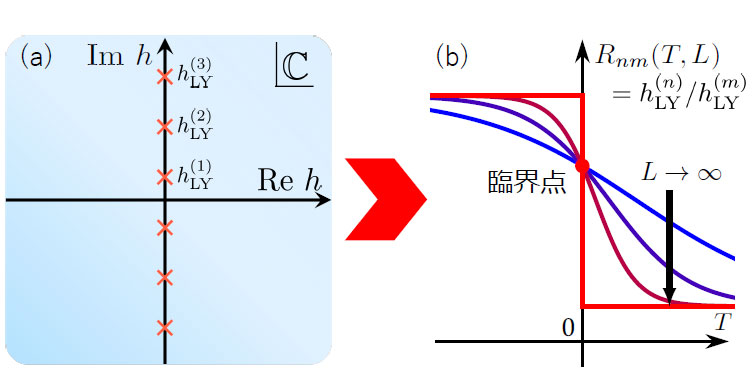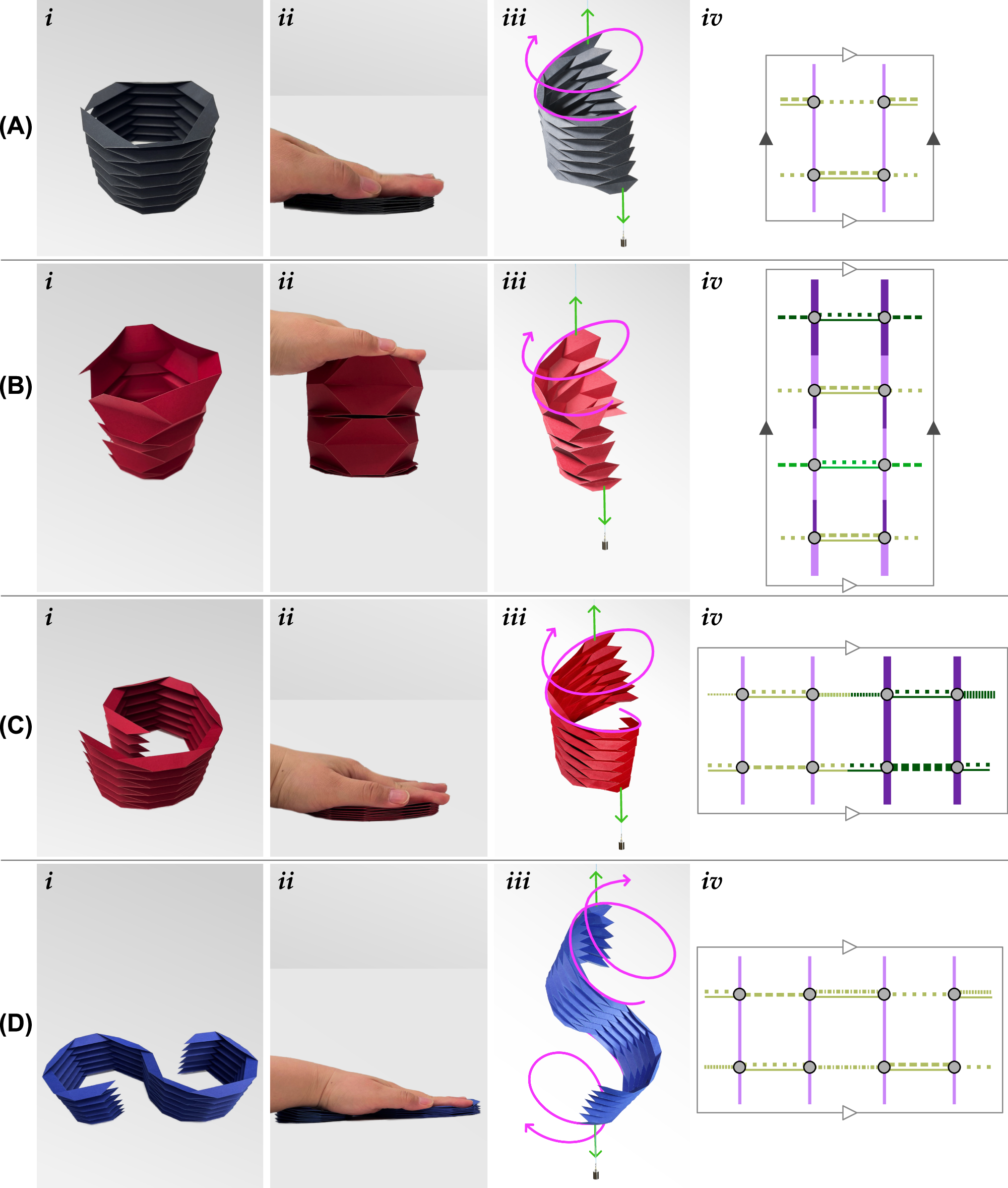2025-04-28 ユニバーシティ・カレッジ・ロンドン(UCL)
<関連情報>
- https://www.ucl.ac.uk/news/2025/apr/geoengineering-technique-could-cool-planet-using-existing-aircraft
- https://agupubs.onlinelibrary.wiley.com/doi/full/10.1029/2024EF005567
低高度高緯度成層圏エアロゾル噴射は既存の航空機で可能である Low-Altitude High-Latitude Stratospheric Aerosol Injection Is Feasible With Existing Aircraft
Alistair Duffey, Matthew Henry, Wake Smith, Michel Tsamados, Peter J. Irvine
Earth’s Future Published: 28 April 2025
DOI:https://doi.org/10.1029/2024EF005567

Abstract
Stratospheric aerosol injection (SAI) is a proposed method of climate intervention in which aerosols or their precursors would be injected into the stratosphere to reduce or halt global warming. It is often assumed that to produce a substantial global cooling, SAI would require a fleet of specially designed high-altitude aircraft. However, in the extra-tropics, where the tropopause is lower, injection into the stratosphere using existing large jets is plausible. Here, we simulate an ensemble of 41 short stratospheric aerosol injection simulations in the UK Earth System Model in which we vary the altitude, latitude, and season of <?XML:NAMESPACE PREFIX = “[default] http://www.w3.org/1998/Math/MathML” NS = “http://www.w3.org/1998/Math/MathML” />SO2 injection. For each simulation, we diagnose aerosol optical depth and radiative forcing and estimate the global cooling under a sustained deployment. For altitudes up to around 14 km, high-latitude injection maximizes global forcing efficiency. Aerosol lifetime variation is the largest contributor to changes in efficiency with injection location. Seasonal SAI deployment with low-altitude (13 km) and high-latitude (60°N/S) injection achieves 35% of the forcing efficiency of a high-altitude (20 km), annually constant, sub-tropical (30°N/S) strategy. Low-altitude high-latitude SAI would have strongly reduced efficiency and therefore increased side-effects for a given global cooling. It would also produce a more polar cooling distribution, with reduced efficacy in the tropics. However, it would face lower technical barriers because existing large jets could be used for deployment. This could imply an increase in the number of actors able to deploy SAI, an earlier potential start date, and perhaps a greater risk of unilateral deployment.
Key Points
- Seasonal SAI with low-altitude high-latitude injection achieves 35% of the forcing efficiency of a high-altitude subtropical strategy
- If injection altitude is limited to below 14 km, then high-latitude injection maximizes efficiency for annually constant injections
- Low-altitude high-latitude SAI with large existing jets is feasible, but with strong disadvantages relative to a high-altitude strategy
Plain Language Summary
Stratospheric aerosol injection is a proposed method of cooling the planet and reducing the impacts of climate change by adding a layer of small particles to the high atmosphere, where they would reflect a fraction of incoming sunlight. While it is likely that SAI could reduce global temperature, it has many serious risks and would not perfectly offset climate change. Most SAI deployment scenarios envisage releasing material 20 or more kilometres above the ground, altitudes well above the limit of large commercial aircraft. These deployments would require the development of novel, specially designed, aircraft. Here, we use new climate model simulations to assess how effective SAI could be if the altitude of release was lower, including at altitudes within the reach of existing large jets. These lower altitude strategies must also inject at more polar latitudes, since the stratosphere is lower in the polar regions. Our results suggest SAI could meaningfully cool the planet even if using only existing jets, if injection is in the high latitudes during spring and summer. However, this low-altitude strategy requires three times more injection than high-altitude SAI, and so would strongly increase side-effects such as acid rain.



